Race preview: Canadian Grand Prix
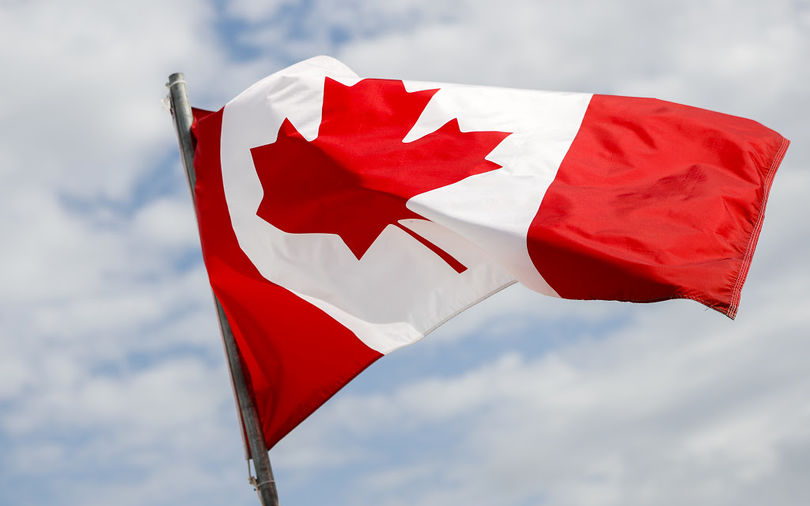
Spherical 8 of the 2023 FIA Method One World Championship sees groups and drivers make the lengthy journey to Montreal that hosts the Canadian Grand Prix. F1Technical’s Balázs Szabó picks out some important information forward of the race weekend that takes place on the man-made Notre Dame Island in the midst of the St Lawrence River.
The primary Canadian Grand Prix has a wealthy historical past with the primary ever race having been held in 1961. Six years later, the nation appeared on the world championship calendar.
Over the next years, the race alternated between Motorsport Park close to Toronto and Mont-Tremblant, north of Montreal, earlier than security considerations over each circuits triggered a transfer to a brand new observe on Notre Dame Island on the Saint Lawrence River in Montreal. It proved to be a well-liked answer, combining the vibe and accessibility of a metropolis centre race with out the disruption of closing on a regular basis streets, and the race has been run nearly yearly since.
The present Montreal circuit options excessive high finish speeds because of its lengthy straights. Mixed with its slightly brief size, it is also the shortest lap of the season for an F1 automotive, going spherical in roughly 75 seconds.
The straights are linked by tight hairpins the place the vehicles brake all the way down to somewhat underneath 60km/h so the problem is to mix this robust top-end energy with efficient engine braking and choose up on the entry and exits to the gradual velocity corners. Allied to this, the 2 hairpins and the chicane imply the internals are intensely loaded thrice a lap after which burdened additional underneath the acceleration forces, main Montréal to be known as an engine breaker previously.
This heavy braking after which acceleration results in the race beginning gasoline load being one of many highest of the season, together with Abu Dhabi and Australia, though this will probably be ruled to a sure extent by race technique and the climate, which appears to be like like it is going to be changeable this yr.
The biggest metropolis of Francophone Canada and a melting pot of North American and European tradition, Montréal boasts beautiful structure, expansive parks, and a novel meals scene starring the hero dish – poutine!See what Montréal has to supply with @globe_trotterUK’s newest information.
— Aston Martin Aramco Cognizant F1 Workforce (@AstonMartinF1) June 15, 2023
Circuit highlights
Turns 1 & 2 – The lap begins on the brief pit straight the place speeds peak at over 300km/h on the finish of the straight earlier than drivers shift down to 3rd gear to take the primary nook, a left hander, at approx 120km/h. T1 is the beginning of a spoon-profiled nook that calls for a progressive easy engine setting all through. Engine revs will probably be at approx 11,000rpm for 5 seconds by way of this flip, the longest persistently low rev setting of the lap.
Turns 3 & 4 – A quick right-left chicane, the place the drivers must journey the kerbs for the quickest line.
Turns 6 & 7 – One other chicane; this time left-right and far decrease velocity than the primary, with the drivers needing to journey the kerbs as soon as once more for the quickest route.
Flip 8 – A 300km/h+ straight leads into a 3rd chicane – right-left as soon as extra – which requires fast route change and good kerb driving capabilities from the automotive.
Flip 10 – That is probably the most demanding flip for the brakes as vehicles scale back their speeds from about 290km/h to 65km/h. Brembo calculates 5.25g deceleration, 141kg pedal load and a complete braking time of two.6 seconds. Throughout that point, greater than 2100kW is dissipated by way of the brakes.
Flip 13 – The quickest part of the observe, with most speeds of round 330km/h adopted by heavy braking and a must journey the kerbs closely by way of the chicane. The exit of the second a part of the chicane is bordered by the well-known ‘Wall of Champions’ which has caught out many championship successful drivers through the years.
Automobile setup
The race runs for 70 laps, consisting of six left turns and eight proper turns with three straights (together with a really lengthy one). Common velocity is comparatively low, because of the frequent modifications of route attributable to the shut succession of corners, with steady braking.
Rear Wing – A unique household of rear wing is unleashed for Montréal because the format requires a low to medium downforce bundle; considerably faraway from the upper downforce configurations of earlier circuits thus far this yr.
Entrance Wing – As with the rear wing, decrease downforce is required than at earlier venues as a part of the low to medium downforce bundle.
Suspension – The observe format requires a compromise between working the automotive as tender as you dare to have the ability to journey the kerbs, while sustaining fast change of route by way of the various chicanes.
Brakes – The calls for on brakes are far greater right here than at every other observe, and a number of Friday working will probably be devoted to monitoring brake temperatures to be able to consider and simulate race efficiency.
Engine – It’s fairly a harsh circuit for the engine, with lengthy intervals spent at full throttle accelerating out of the gradual corners and alongside the straights. It isn’t a very extreme format for the gearbox nonetheless.



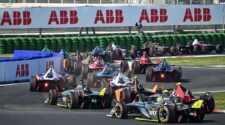
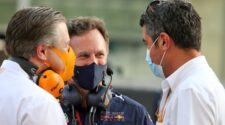
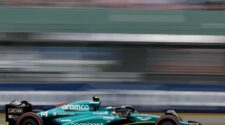
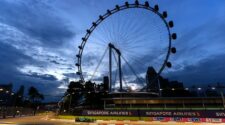



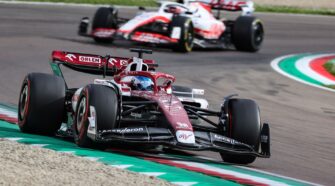
No Comment